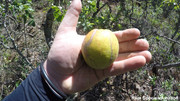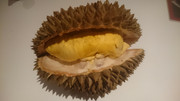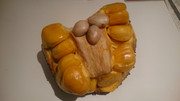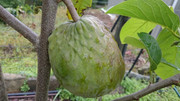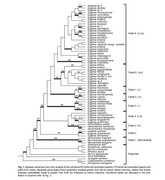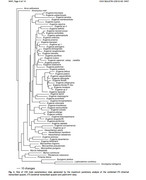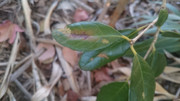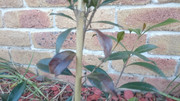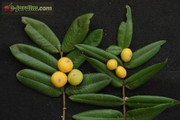51
Temperate Fruit Discussion / Pyrus intercompatibility: Nashi (pyrifolia) badly dwarfed on Europear (communis)
« on: July 23, 2018, 11:36:14 PM »
According to http://fruitsandnuts.ucdavis.edu/dsadditions/_Asian_Pears/:
"Most Japanese pear varieties are dwarfed about 50% on P. communis rootstock"
and "[Nijisseiki/20th Century] should not be grown on P. Communis rootstock because it is badly dwarfed."
My question is whether there is a Nashi that is minimally affected by P. communis roostock. I want to graft onto a Josephine de Malines espalier. If that works, then the next year I guess I could do Nijisseiki on top of that, because the interstem should no longer dwarf it.
My last contingency would be to use a Chinese White Pear like Ya Li for an interstem, but they are bland from the description I've read.
"Most Japanese pear varieties are dwarfed about 50% on P. communis rootstock"
and "[Nijisseiki/20th Century] should not be grown on P. Communis rootstock because it is badly dwarfed."
My question is whether there is a Nashi that is minimally affected by P. communis roostock. I want to graft onto a Josephine de Malines espalier. If that works, then the next year I guess I could do Nijisseiki on top of that, because the interstem should no longer dwarf it.
My last contingency would be to use a Chinese White Pear like Ya Li for an interstem, but they are bland from the description I've read.

